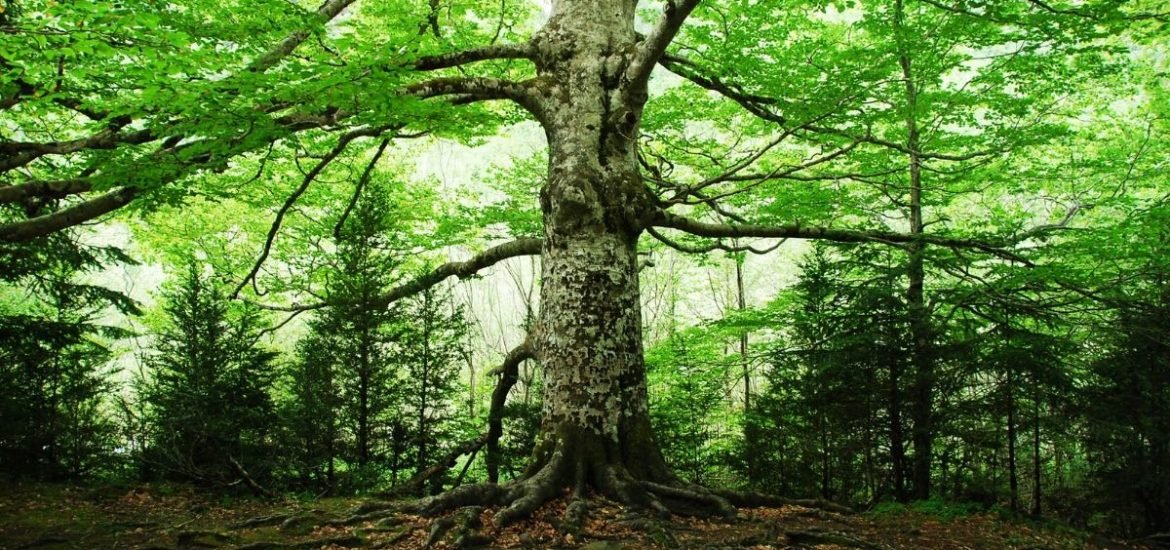
According to a new report published on 5 July in Science, planting more trees could be the best way to mitigate climate change — and the cheapest (1). But trees planted today will still take 50–100 years to reach their full carbon-absorbing effects.
The team of Swiss researchers from ETH Zurich used Google Earth to assess exactly how much new forest the planet can support without impinging on agricultural land or urban areas. And found that there is enough space to plant a lot more trees — around 500 billion to be exact.
Mapping the global potential tree coverage, they calculated that an extra 0.9 billion hectares of canopy cover could be added in areas that naturally support woodlands and forests. This could potentially store around 205 gigatonnes of carbon — which is approximately equal to the amount of carbon humans have added to the atmosphere over the past 25 years.
But if we don’t deviate from the current global warming trajectory, the area of available and usable space for potential tree planting could shrink by over one-fifth by 2050, mainly in the tropics — even if global temperature rise is limited to 1.5 degrees Celsius above pre-industrial levels. And it could take up to 100 years for trees planted today to start soaking up the large quantities of CO2 that humans have spewed into the atmosphere.
In their analysis, the scientists excluded croplands and urban areas but did include grazing land, on which a few trees could also benefit animals, such as sheep and cattle. In addition, the authors pinpointed six countries with the most space for planting new trees: Russia, the US, Canada, Australia, Brazil, and China.
Many scientists agree that significant quantities of carbon must be removed from the atmosphere to avoid catastrophic climate impacts. And while global forest restoration has the potential to remove a massive amount of carbon dioxide from the atmosphere, the authors emphasise that it is not a replacement for reducing greenhouse gas emissions or phasing out the use of fossil fuels.
Moreover, other avenues should still be pursued alongside reforestation. Carbon capture and storage is one such promising approach — although perhaps the technology may not be scaled quickly enough to help meet targets of the 2015 Paris Climate Change Agreement. Current climate change models predict that carbon capture and storage will need to contribute 5 to 55 per cent to limit global warming to within 2 degrees Celcius above pre-industrial levels.
And importantly, deforestation must stop. Young forests can take up to 70 years to reach the carbon-storing levels of mature forests. Furthermore, plantations store less carbon. Another recent study found that natural forests are 6 times better than agroforestry and 40 times better than plantations at storing carbon. Therefore, restoring and protecting natural forests should be prioritised.
Trees can take a massive amount of carbon dioxide out of the air. Thus, global tree restoration — planting more trees — is the most effective climate change solution and natural forests could make a considerable contribution to limiting global warming to well below the 1.5-degrees-Celcius target. But there is an urgent need for immediate action, the authors write.
“If we act now, could cut carbon dioxide in the atmosphere by up to 25 per cent, to levels last seen almost a century ago”, says senior author Prof Tom Crowther of ETH.
(1) Bastin, J-F. et al. The global tree restoration potential. Science (2019). DOI: 10.1126/science.aax0848